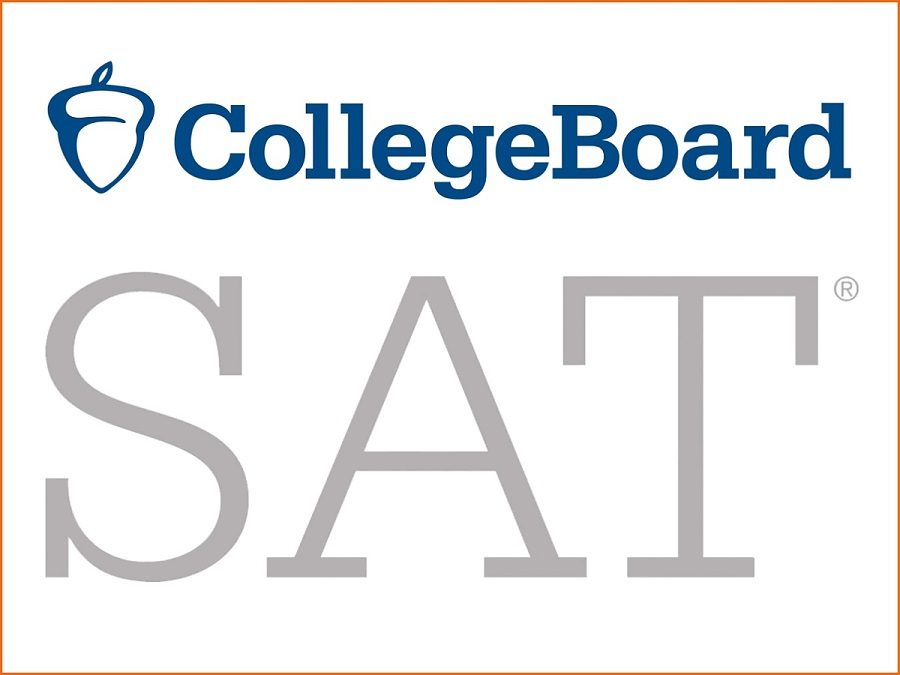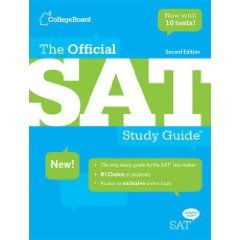Taking the SSAT is a significant milestone in your academic journey. We’ve gathered insights from successful test-takers, experienced tutors, and education professionals to create this comprehensive guide of do’s and don’ts for your test day success.
## The Night Before: Setting Yourself Up for Success
### DO:
– Get a full 8 hours of sleep
– Pack your test day kit (admission ticket, ID, pencils, calculator, snacks)
– Lay out comfortable clothes for the next day
– Double-check your test center location and travel time
### DON’T:
– Cram late into the night
– Try new foods that might upset your stomach
– Change your regular sleep schedule
– Forget to set multiple alarms
## Morning of the Test: Starting Strong
### DO:
– Eat a protein-rich breakfast that you’re familiar with
– Arrive 30 minutes early to the test center
– Use the restroom before the test begins
– Take deep breaths to calm any nerves
### DON’T:
– Skip breakfast, even if you’re nervous
– Drink excessive caffeine
– Rush to the test center
– Bring unauthorized electronics
## During the Test: Maximizing Your Performance
### DO:
– Read all directions carefully
– Pace yourself using your watch
– Use your scratch paper for math calculations
– Take advantage of scheduled breaks
### DON’T:
– Spend too much time on any single question
– Second-guess your initial answers too much
– Forget to transfer answers to your bubble sheet
– Let harder questions shake your confidence
## Break Time Strategies
### DO:
– Use the restroom
– Eat a light snack
– Stretch or take a short walk
– Stay hydrated
### DON’T:
– Discuss test questions with other students
– Use your phone (it’s not allowed)
– Skip your breaks
– Eat heavy foods that might make you sleepy
## Managing Test Anxiety
### DO:
– Use positive self-talk
– Take deep breaths if you feel overwhelmed
– Remember your preparation
– Focus on one section at a time
### DON’T:
– Let other students’ behavior distract you
– Panic if you don’t know an answer
– Rush through sections
– Compare yourself to others during breaks
## Real Student Experiences
“I was so nervous about being late that I barely slept. Don’t make my mistake – set everything out the night before and get proper rest.” – Sarah, 8th Grade
“The best thing I did was bring water and healthy snacks. It really helped me stay focused during the longer sections.” – Michael, 7th Grade
“I wish someone had told me to wear layers. The testing room was freezing, and it was hard to concentrate.” – Emma, 6th Grade
## Emergency Preparation
### DO:
– Bring backup supplies (extra pencils, calculator batteries)
– Know the test center’s contact information
– Have a backup travel plan
– Keep your admission ticket in a safe place
### DON’T:
– Assume everything will go perfectly
– Forget to check the weather forecast
– Leave important documents at home
– Wait until the last minute to plan your route
## After the Test
### DO:
– Take a moment to be proud of your effort
– Document any issues you encountered
– Thank your test proctors
– Plan something enjoyable for later
### DON’T:
– Obsess over questions you think you missed
– Compare answers with other students
– Rush out without checking for personal belongings
– Forget to sign out if required
## Key Takeaways
1. Preparation extends beyond studying – organization is key
2. Physical comfort significantly impacts performance
3. Time management during the test is crucial
4. A positive mindset makes a difference
5. Learning from others’ experiences can help you avoid common pitfalls
## Final Thoughts
Remember, every student’s experience is unique, but these tried-and-true do’s and don’ts have helped countless students perform their best on test day. Use these guidelines to create your own successful test day strategy, and remember – you’ve prepared for this moment. Trust in your preparation and stay confident.










